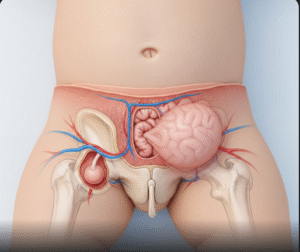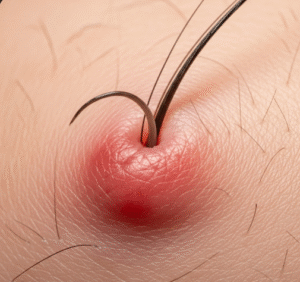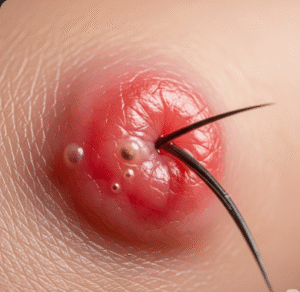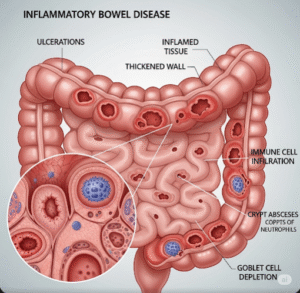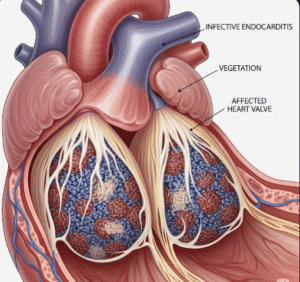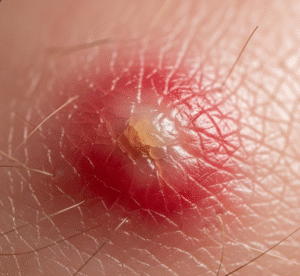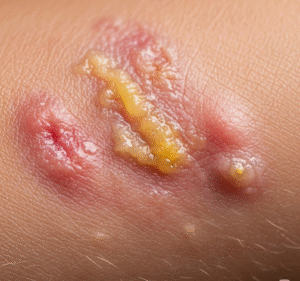Overview
Inhalant Use Disorder (IUD) is a serious substance use disorder characterized by the harmful or hazardous use of inhalants—volatile substances that produce chemical vapors inhaled to achieve a psychoactive effect. Inhalants include everyday household or industrial products such as glue, paint thinners, aerosols, and nitrous oxide. Though often overlooked, inhalant abuse can cause significant physical and mental health problems. In Korea, growing awareness and healthcare interventions aim to address this challenge through prevention, treatment, and rehabilitation programs.
What is Inhalant Use Disorder?
Inhalant Use Disorder is classified in the Diagnostic and Statistical Manual of Mental Disorders (DSM-5) as a substance-related disorder marked by compulsive inhalant use despite harmful consequences. It involves repeated episodes of inhaling volatile chemicals to achieve euphoria or altered mental states. The disorder ranges from mild misuse to severe dependence with addiction, leading to social, psychological, and medical impairments.
Symptoms
- Frequent sniffing, huffing, or inhaling of volatile substances
- Behavioral changes such as irritability, mood swings, and social withdrawal
- Physical signs like chemical odors on breath or clothes
- Slurred speech, dizziness, and impaired coordination
- Nausea, headaches, and nosebleeds
- Cognitive difficulties including memory problems and attention deficits
- Risky or criminal behavior associated with substance use
Causes
- Easy accessibility of inhalants, often found in household products
- Peer pressure and social environment favoring experimentation
- Psychological factors such as stress, trauma, or mental health disorders
- Lack of awareness about the dangers of inhalants
- Underlying addiction vulnerability
Risk Factors
- Adolescents and young adults, especially those in vulnerable social environments
- History of other substance use disorders
- Poor family support or dysfunctional family dynamics
- Mental health issues such as anxiety, depression, or ADHD
- Low socioeconomic status
Complications
- Acute risks like sudden sniffing death syndrome due to cardiac arrest
- Brain damage resulting from prolonged oxygen deprivation
- Liver, kidney, and lung damage from toxic chemical exposure
- Neurological impairments such as seizures and peripheral neuropathy
- Mental health deterioration including psychosis and cognitive decline
- Social and legal problems from risky behaviors and neglect
Prevention
- Education programs targeting youth about the dangers of inhalant use
- Parental and community involvement in monitoring and support
- Strengthening social skills and coping mechanisms in at-risk populations
- Restricting access to common inhalant products where possible
Treatment Options in Korea
Diagnosis
- Clinical interviews and substance use history evaluation
- Screening questionnaires for substance use disorders
- Mental health assessments to identify co-occurring conditions
Medical Treatments
- Detoxification and medical stabilization in severe cases
- Pharmacotherapy for withdrawal symptoms or coexisting psychiatric disorders
- Behavioral therapies including cognitive-behavioral therapy (CBT) to address addiction patterns
- Motivational interviewing to encourage behavior change
Rehabilitation and Support
- Inpatient or outpatient rehabilitation programs tailored for inhalant users
- Counseling and support groups for patients and families
- Relapse prevention strategies and long-term follow-up
- Community-based programs to support reintegration and recovery
Top Hospitals or Clinics in Korea
- Seoul National University Hospital – Psychiatry and Addiction Medicine
- Samsung Medical Center – Behavioral Health and Addiction Services
- Asan Medical Center – Mental Health and Substance Use Clinic
- Yonsei Severance Hospital – Psychiatry Department and Addiction Recovery Unit


